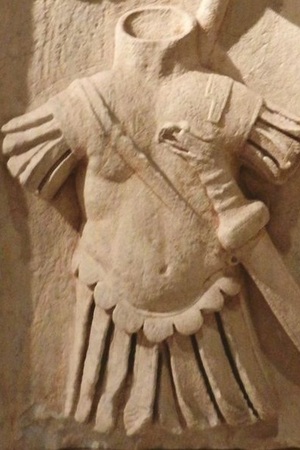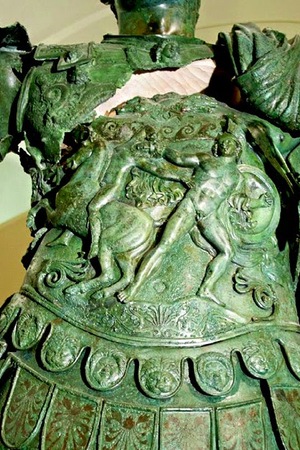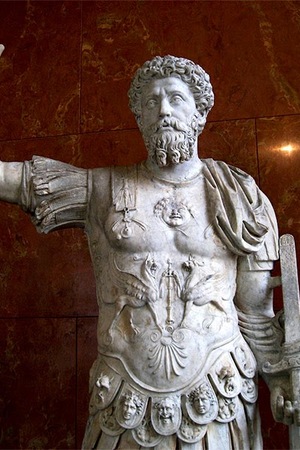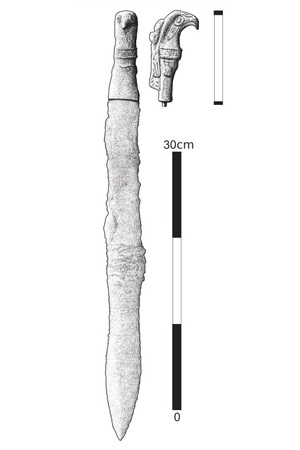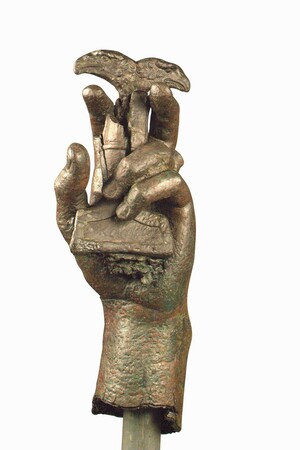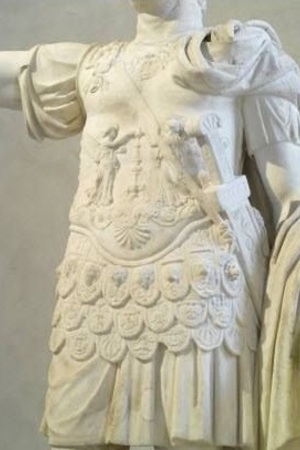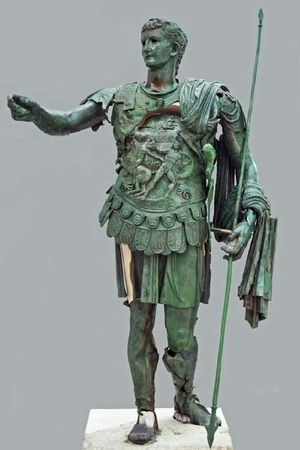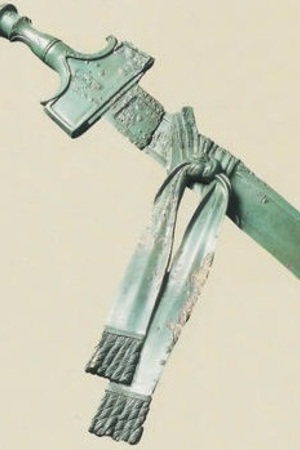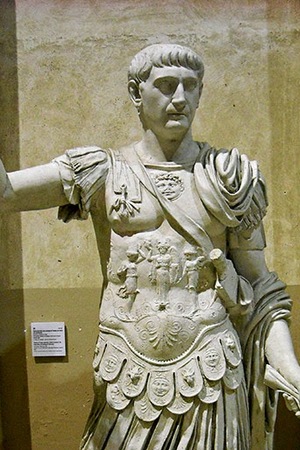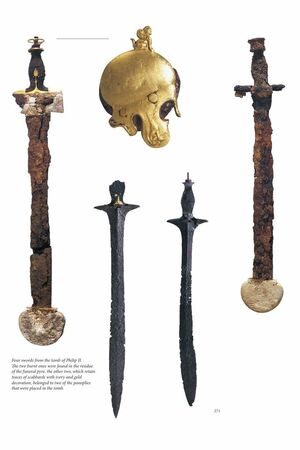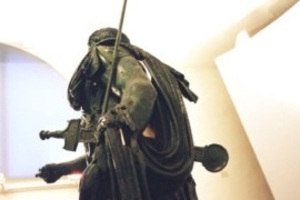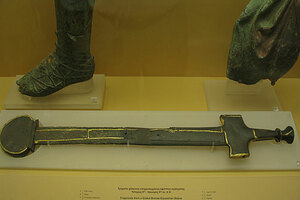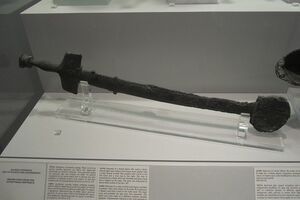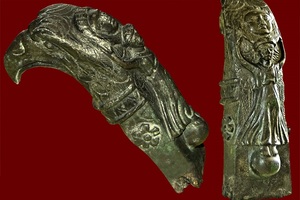Parazonium
Parazonium (Latin: parazonium) is a short double-edged sword, typically used by senior officers. It had more of a status value than practical use as a weapon. The handle of the parazonium was often decorated with embossed designs, several swords have been found with a handle in the form of an eagle. The blade had a leaf-like shape about 30 cm long, this sword was even shorter than gladius and is in many ways similar to the pugio in its characteristics.
Similar blades appeared in Ancient Greece as auxiliary weapons. In the times of the Roman Empire in the legions, the parazonium becomes primarily a status weapon - it was carried by the command staff and high military leaders.
Unfortunately, there are extremely few finds for this type of sword, but nevertheless, from what is known, several interesting features can be highlighted. Instead of the classic handle like the gladius, the parazonium had a rather complex form. According to illustrations and a find from Pompeii, it could take the form of an animal's head, specifically an eagle, and be cast from bronze.
It is also worth noting an interesting illustrative source on the handle of the parazonium. It was found in the ruins of the ancient city of Lucentum on a hill 3.5 km northeast of the historic center of the city of Alicante (Valencian Autonomous Community, Spain). Starting from the first century BC, the city experiences its highest peak. At this time, the city walls were excavated, the forum, baths, and market rows were built. The statue, which the bronze hand belonged to, was installed in the city forum in the 1st or early 2nd century AD. It most likely depicts a Roman emperor or his relative from the Julio-Claudian, Flavian, or early Antonine dynasties. The fragment of the statue presented in the museum was found at the northwest gates of the Roman forum, in the archaeological layer of a fire in the middle of the third century AD.
The statue was made of bronze, and the distinguished Roman held in his left hand the typical sword - the parazonium. The handle is notable for its shape - this is one of the first depictions of a double-headed eagle used in the design of the pommel of this weapon.
Related topics
Legate, Gladius, Pugio, Spatha

 Gallery
Gallery






